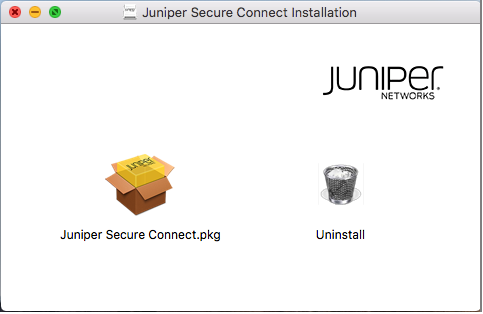
To do this we can open a command prompt and use the route and tracert commands. Let’s examine each of the following configurations: Also consider that all remote users share this upload speed, so the speed you can achieve depends on how many people are using it. This means that everything sent from the office over the VPN to your laptop has a maximum throughput of the office upload speed. With your VPN connection active on your laptop, however, everything you download to your home laptop has to first be uploaded to you by your office VPN. When you are at the office, most of the data transfer happens as a download. The table below shows typical speeds available to a business. However, if your office is like most companies and has a significantly less expensive asymmetric service, the difference is significant. If your office is in a very large company that has a dedicated connection with symmetric upload/download speeds at 1 GHz, then there may not be much of a speed issue (though there still may be a privacy issue). However, you may notice the network is running more slowly when the VPN is active. When you open a web browser you can go anywhere you wish, just as you could before you established the office VPN connection. From your laptop, you can access the office resources, remote into your PC, etc. Where the Trouble BeginsĪt this point every is working fine. However, as far as working on your laptop is concerned, you only have access to the office LAN subnet of 10.1.1.x. That is the IP address for the WAN side of the office router. You will notice the VPN connection has its own VPN office router IP address of 192.168.0.2.

This enables the laptop to access the office LAN.

For those currently using a VPN, the network structure may look like the following: A Typical VPN Network Setup


 0 kommentar(er)
0 kommentar(er)
